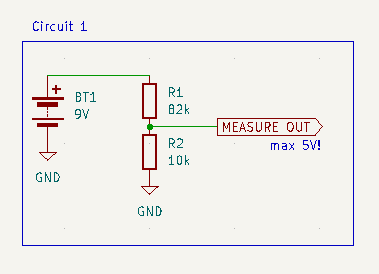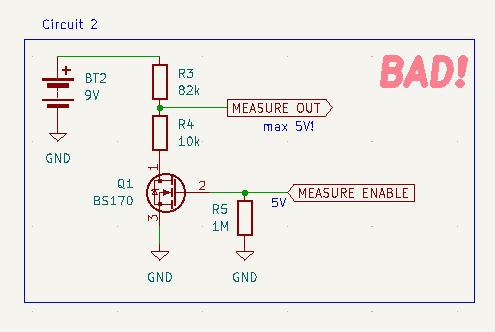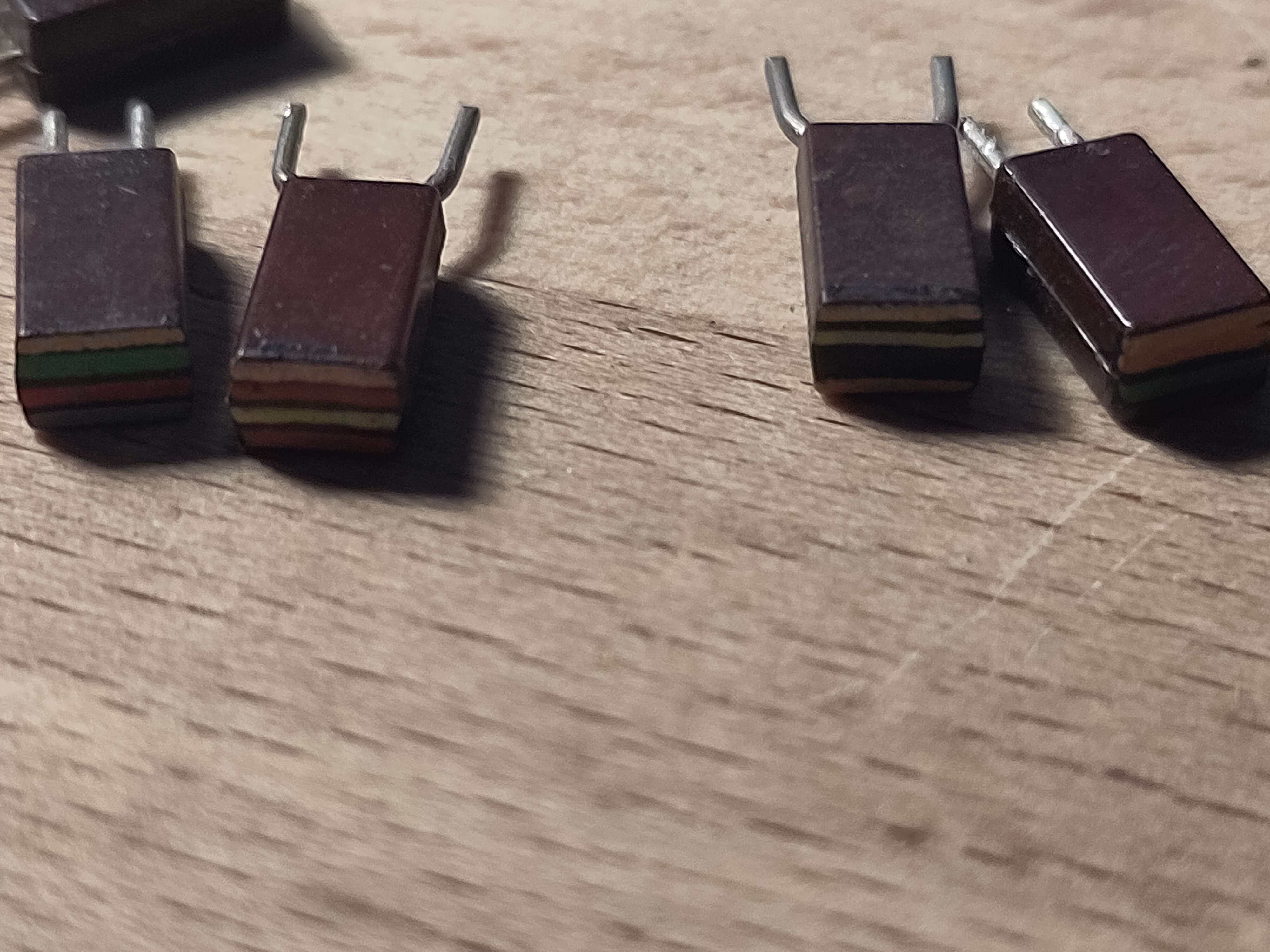Oh, so they can't get autonomous driving to work, thus the next step is to get people who are sleeping to steer the cars remotely
nilclass
Based on the pictures I’d expect the consistency to be rather soft and a bit like gummy.
that's correct. The outer crust is a bit harder than the center, and the center consists of layers, which come apart easily when cutting. Not sure how to recreate those...
Thanks for the other tips, I'll try adding starch next time I experiment with saitan. Also haven't tried to microwave it yet, usually I steam it or bake it.
Ah yes, that's the one! Thank you so much, maybe now that I know the manufacturer i can find it somewhere.
I've checked multiple asia stores already, will continue doing so.
Regarding making it myself: the ingredients aren' t special, but the texture is something i don't know how to recreate
Great, good luck with that :)
Another thing that comes to mind: for audio purposes another technique used in ring modulators for audio effects is to use a mosfet switch to mix the signal with a square wave. This has more byproducts than mixing with a pure sine, but is a lot easier to do. Since you are downconcerting, it should not matter at all if you use a square wave, since the byproducts will all be (higher-order) harmonics of the local oscillator, which you'll filter out anyway.
I'm not sure I understand what you are trying to do... do you want to build a radio? Or are all your signals in the audio range?
Anyway:
- w2aew has some great videos on diode ring mixers, like this one about winding the transformers: https://www.youtube.com/watch?v=a8ViWS61hsU
- You can also get ready-made diode ring mixers (including transformer and everything) like this one: https://www.minicircuits.com/pdfs/SRA-1W+.pdf
Regarding Gilbert cells, the two popular chips are MC1496 and SA631. The 631 comes with a built-in oscillator, so it's quite handy. Unfortunately both are hard to come by these days.
Does this mean jd vance is a centipede?
Sounds great, except i think this whole thing is about some punching game.. Not sure though, i'm not a sports person
Damn, i was hoping for them to make it slower!
Growing plants with LEDs certainly works, I'm just wondering if the power of a USB port is enough
there's no need for relays if you have low voltage
That's a good point. Also makes me wonder if those lights will actually make a difference when it comes to plant growth, given the low power.
It's not completely stupid. One pissible issue: when the light level is around the threshold, slight variations (think: cloud passing by) will cause the relay to switch back and forth quickly. This can be solved with some additional parts (keyword: hysteresis).
I would recommend using a microcontroller, it makes this problem easy to solve, plus you can have more logic to trigger the lights (eg time based).
Another thing is turning off: if it's purely based on light level, you need to make sure the sensor does not "see" any of the LED light, otherwise it thinks the sun is back up








ISS, as in: you get shot into space?